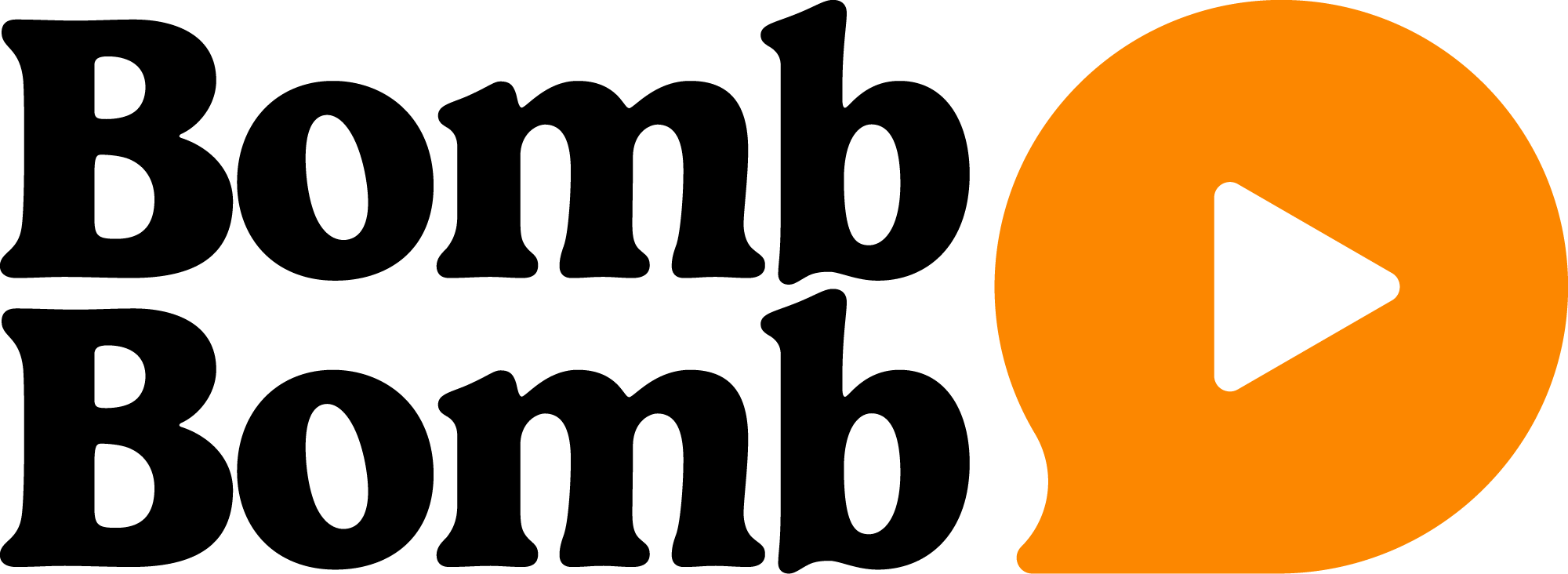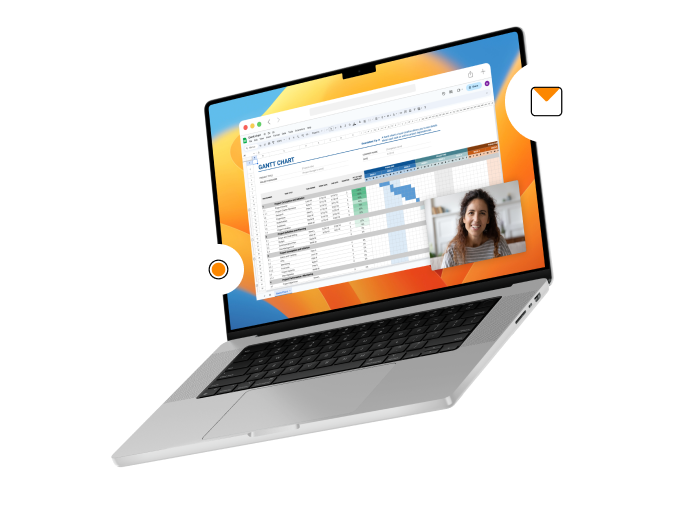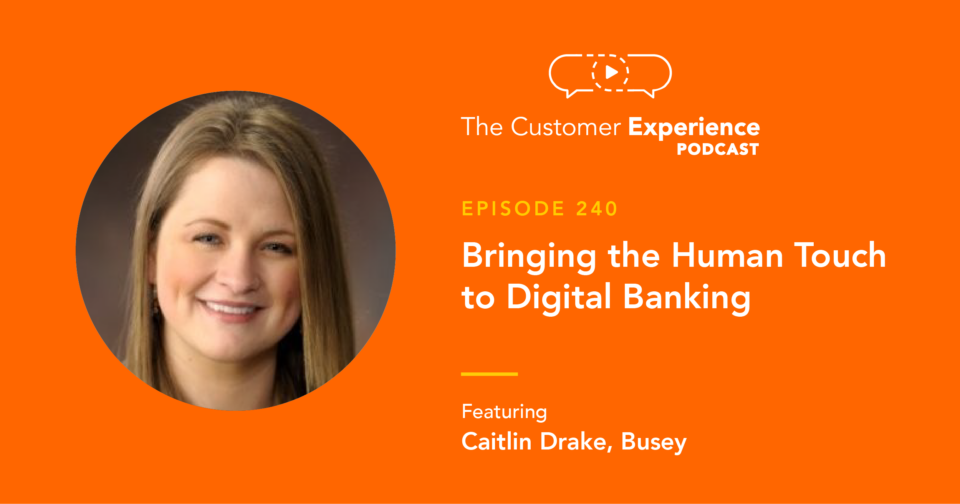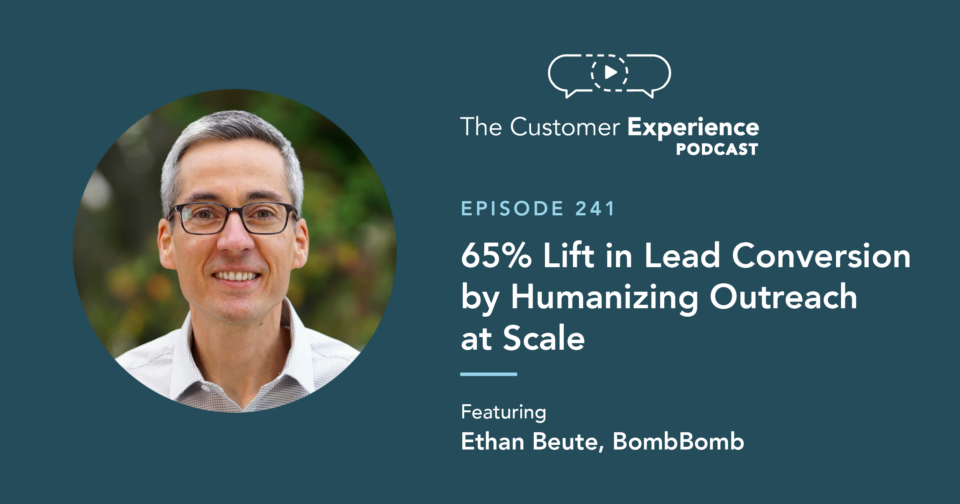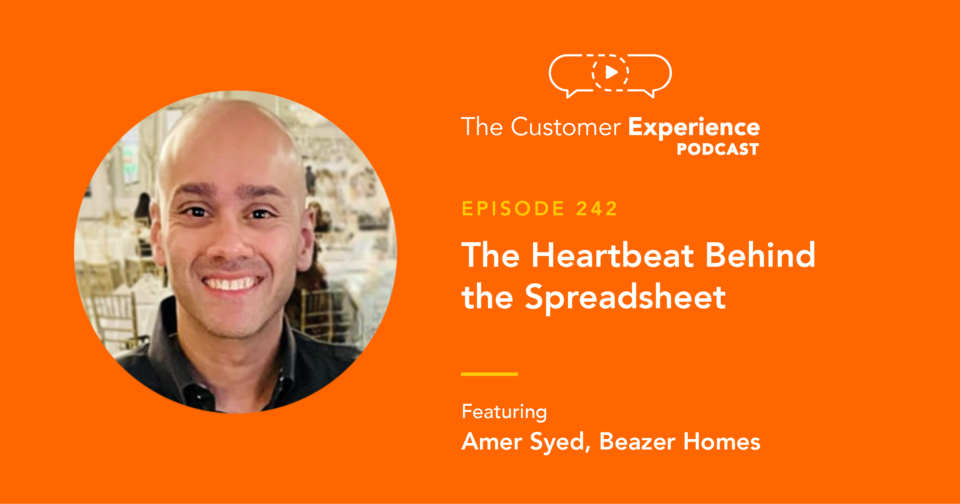
Listen to “62. The 6 Layers of Learning: Bloom’s Taxonomy w/ Ethan Beute” on Spreaker.
Apple Podcasts | Google Podcasts | Stitcher | Spotify
Because you’re visiting this post and listening to The Customer Experience Podcast, I can make one pretty good guess about you… You’re a learner. You intentionally seek out information, meaning that you actively learn as a regular part of your life.
I’ll go out on another limb and say that in your day-to-day and week-to-week at work, at home, and everywhere in between — you’re probably also in a teaching role.
You’re both a learner and a teacher. To my mind, this is also fundamental to being a leader.
If you’re with me so far, I’ve got something for you in this episode that I think you’re going to enjoy as much as I have. It’s called Bloom’s Taxonomy.
In this episode, I’ll be sharing my love for learning and how Bloom’s Taxonomy can deepen your understanding of the stages we go through to truly learn something.
Keep listening or reading below as I explain the relevance of Bloom’s Taxonomy to those who learn and who teach. You’ll also hear:
- How I first became aware of Bloom’s Taxonomy
- How this hierarchy of learning objectives has evolved
- What the 6 layers of learning are
- Why Bloom’s Taxonomy matters to you, your customers, and your team members

Highlights from The Customer Experience Podcast are always available here on the blog, but you can also hear this episode – and many others – on your preferred podcast player.
Subscribe, listen, rate, and review the show on:
Listen to this 8-minute, 21-second intro to Bloom’s Taxonomy right here …
Listen to “62. The 6 Layers of Learning: Bloom’s Taxonomy w/ Ethan Beute” on Spreaker.
Bloom’s Taxonomy – A Hierarchy of Learning Objectives
I first learned about Bloom’s Taxonomy back in elementary school in Grand Rapids, Michigan. A few of us got to leave our neighborhood elementary school a couple of times a month to go downtown to the Spectrum Center. It was a really special learning environment — accelerated, creative, and awesome. The Spectrum Center is where I first encountered the taxonomy. From that time, all I remember was knowledge, comprehension, and application.
Spending time reading, commenting, and responding on LinkedIn, those memories came back. I’ve found myself referencing the taxonomy in posts about onboarding and developing customers and employees, as well as self development.
Bloom’s Taxonomy is a hierarchical model to classify learning objectives and educational goals. Though I didn’t have the language for it at the time, I understood even in elementary school that knowing something was not as good as understanding something. In the same way, understanding something was not as good as applying it. It’s good to know, but it’s even more useful to comprehend it, but actually applying it is best of all.
So, its hierarchical structure is kin to Maslow’s Hierarchy of Needs or the old USDA food pyramid — in that each stage builds on the other toward the highest outcome. With Maslow, you’ve got physiological needs, safety needs, love and belonging, esteem, and self-actualization as the peak. You can’t achieve the next level without mastering or achieving the level below it.
I don’t think you’ll be shocked to learn that Bloom’s Taxonomy is named for its creator Benjamin Bloom, who developed it in 1956. Decades later in 2001, the original taxonomy was revised and updated by Lauren Anderson and David Krathwohl bottom to top.

The 6 Layers of Learning
The original learning objectives of Bloom’s Taxonomy, in hierarchical order from bottom to top, are as follows:
- Knowledge
- Comprehension
- Application
- Analysis
- Synthesis
- Evaluation
The updated and revised version from 2001 is structured like this:
- Remember
- Understand
- Apply
- Analyze
- Evaluate
- Create
What do each one of these stages mean?
Remember is knowing, memorizing, recalling, and remembering. This is rote knowledge at its basic level.
Understand is comprehending, organizing, illustrating, summarizing. In other words, it means performing some basic manipulation of the information.
Apply means solving a problem, selecting a design, reconstructing a process, or otherwise doing something with what you know and understand.
Analyze has to do with explaining a process or answering the why questions. This gets down to why things are as they are and analyzing what’s going on in the application.
Evaluate means making judgements, interpreting the significance, illustrating relative value, or taking the information that comes through analysis and making evaluations based on it.
The highest order is Create, meaning to create something truly new, design new solutions, or eliminate the least useful elements of a process, project, or product.
Think about something you’ve created. You can easily see from the perspective of the top of the hierarchy how your creation was built on all of the previous pieces: Remember, Understand, Apply, Analyze, Evaluate, and Create.
Bloom’s Taxonomy and Customer Experience
Why am I talking about Bloom’s Taxonomy here on the show? It seems relevant to a lot of conversations that I find myself in because we’re constantly teaching and learning in our roles. If we’re going to be effective in this, having a helpful framework in mind really helps.
No matter what role we’re in, no matter what industry we’re in, we have to do a lot of teaching and learning if we’re going to be effective in the work that we do. I knew that doing this quick drive-by of Bloom’s Taxonomy would be useful for you in both of those roles.
For example, it can be used across the entire customer lifecycle and the entire employee lifecycle, especially in spots like onboarding as individuals and teams. We have some level of responsibility in learning, growth, and even change management among the primary stakeholders in our business, employees, and customers.
- How do we move our customers to a successful point?
- How do we get them onboarded successfully into the product or service?
- What do they need to know?
- What do they need to understand?
- What do they need to actually do?
- What can they create?
The same goes for our employees and for ourselves, whether in a formal learning environment or just learning and growing through things like books and podcasts. You can also think about where you are in the hierarchy on the topics that you care about.
Bottom line: This hierarchy can give us a framework for knowing, understanding, and applying our own and others’ learning process.
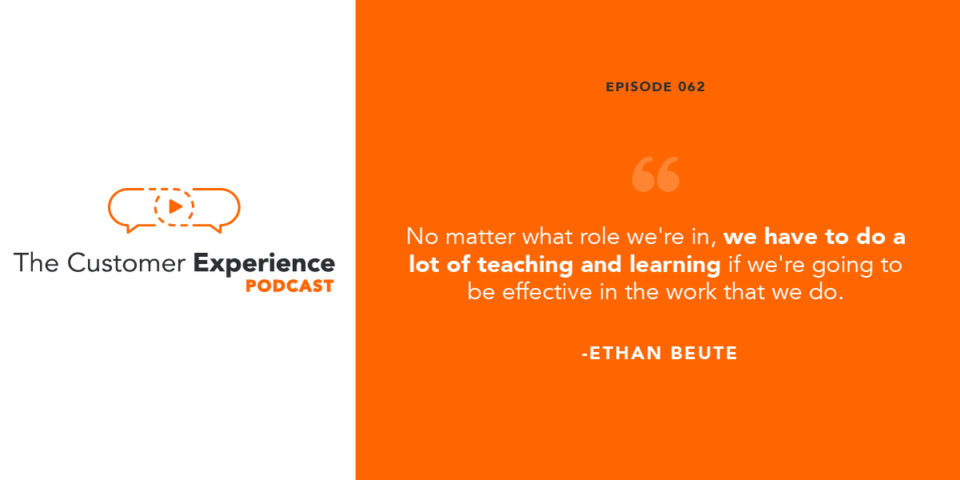
As you look at yourself, as you look at your new team members, as you think about your one-on-ones with people who report directly to you, as you think about your new customers and your longtime customers, when you think about new products or new services or new features — consider what mastery really requires. It requires movement up the hierarchy. It requires building blocks. It requires sequences of training and activity.
As we develop ourselves and the people around us, it can be helpful to keep the hierarchy of keep Bloom’s Taxonomy in mind, especially as you’re analyzing and evaluating where you are and where other people are in terms of things that need to be learned and things that need to be done.
I hope you found this helpful. Remember, I’m here to learn and grow with you. The goal of The Customer Experience Podcast is to create more alignment and intention across our teams and across our organizations — all in service of creating and delivering a better experience for our customers. That obviously requires a lot of learning and growth!
Be sure to listen to the whole episode, and if you’ve not yet subscribed, I encourage you to do so!
Reach out to Ethan Beute on LinkedIn for more about hierarchical learning, Bloom’s Taxonomy, and everything customer experience.
Other Episodes You May Enjoy
If you like this style of shorter solo episodes, you might also like …
- 3 Customer Experience Myths Debunked and Set Straight
- Video Belongs in These 3 Moments of Your Customer Journey
- 5 CX Tips from My Car Buying Experience
- How NOT to Use LinkedIn Messaging for Prospecting
- Rehumanize Your Business by Building Relationships Through Video
Browse every episode, including those that feature great guests, at BombBomb.com/Podcast
Enhance Learning, Teaching, and Connecting with Video
Learning isn’t just about the words and the ideas. It’s about how they’re presented, taught, and practiced.
Adding video into your customer and employee onboarding, training, and development can help.
And it’s easier than you might think, especially when you start with “Rehumanize Your Business.”
The book is an Amazon #1 bestseller in Business Sales, Business Communication, and Customer Relations, the Porchlight Books #1 bestseller in its opening month of release, and a Barnes & Noble bestseller in its opening week of release.
Discover what it’s all about by clicking right here.
